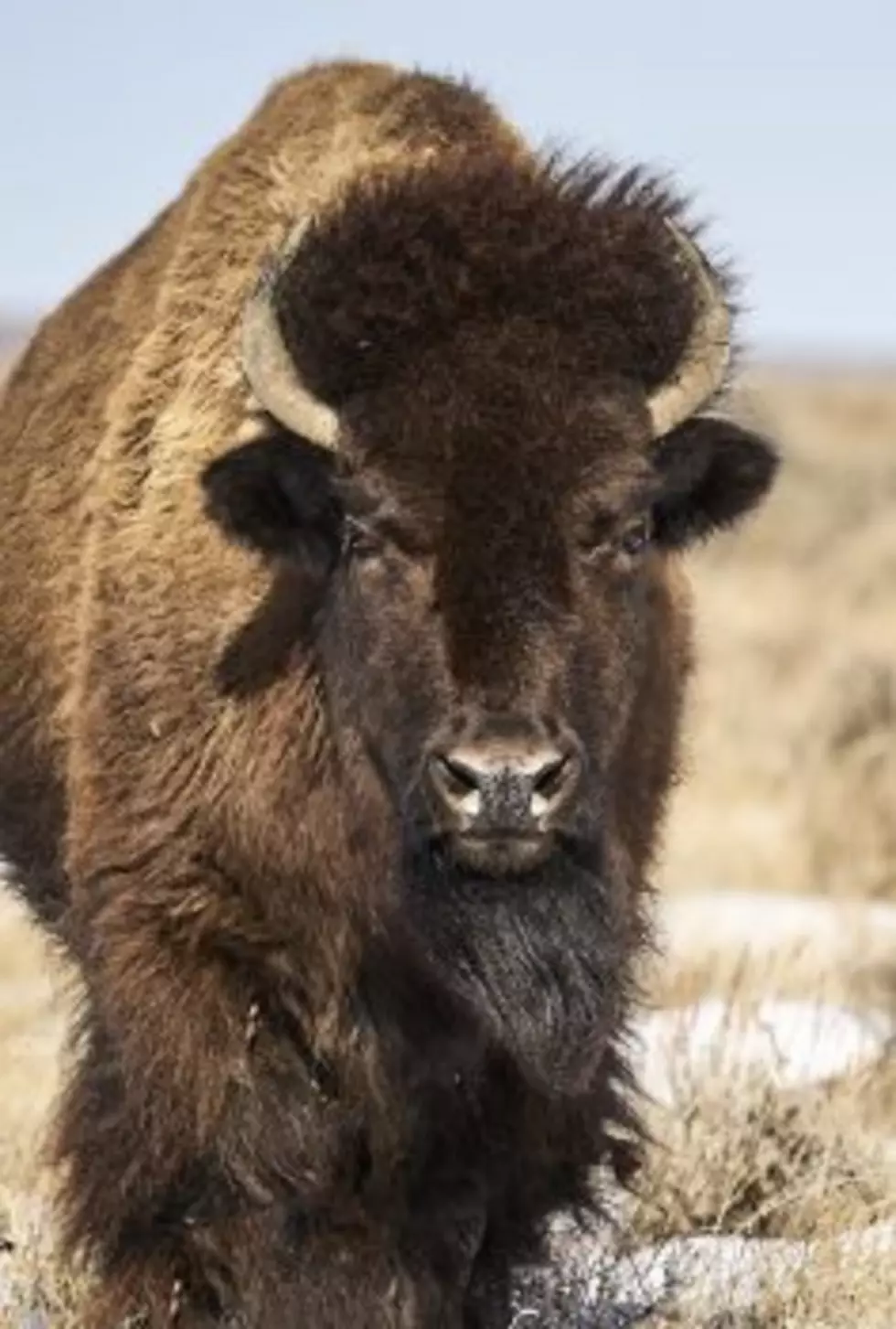
American Prairie Reserve resolves long-running dispute with Phillips County
A dispute between the American Prairie Reserve and officials in Phillips County has been resolved after more than four years of legal wrangling.
The conflict began when the American Prairie Reserve announced controversial plans for a 3.5-million acre complex in the northern Montana county that would allow free-roaming bison to be reintroduced.
In the end, the Reserve, the Phillips County Conservation District and the Montana Livestock Association agreed to a 10-year deal that would require strict bison testing protocol, vaccination standards, procedures for escaped bison, and a public reporting and communication aspect.
The agreement was approved last week by the Department of Natural Resources and Conservation’s Board of Adjustment unanimously as all parties recommend the deal to the board.
The battle between the groups has been ongoing for years, at times acrimoniously. Signs dot the central Montana landscape that read, “Save the Cowboy, Stop the APR.” The Reserve’s plan to allow free-roaming bison to be reintroduced sparked fear in ranching and agricultural circles about the bacterial disease, brucellosis, which can cause elk, bison and cattle to abort fetuses. Ranching communities were concerned that contact with the bison by cattle could cause the disease to spread in an area that has been declared brucellosis-free.
Furthermore, livestock operators worried that reintroducing the bison would bring brucellosis because many of the herds in places like Yellowstone Park routinely had positive tests.
However, compromise and negotiation won out last week as the three parties came to an agreement that will live into the 2030s. Details include:
- Disease testing for a total of 325 animals for the first five years
- Information sharing openly with all parties
- If there’s no disease detected in the first five years, testing will be reduced to 150 animals during the remaining five years of the agreement
- All tested bison will be tagged
- Protocols for any escaped animals, including quarantining and testing
- Mandatory brucellosis vaccinations for any pre-yearling heifers
“In this time of so much division and acrimony — particularly in this issue and this proceeding — that the parties can come together and reach an agreement they can all live with will provide an opportunity to bridge the gap,” said attorney Timothy Preso, who represented American Prairie Reserve.
Beth Saboe, senior media and government relations manager for APR, said these provisions will cost the organization money, but will also establish trust in the communities.
“That’s not cheap. Everything we agreed to had a cost, and we want to be transparent and we want to be good neighbors,” Saboe said.
Pete Geddes, American Prairie Reserve vice president of external relations, said the biggest issue separating the sides was the number of animals the Reserve would test yearly. He estimates the testing cost to be more than $15,000 annually.
“Hopefully what we can gain in goodwill will outweigh the additional expense,” Geddes said. “We had good scientific data that we could have presented to the judge that would have argued for a lower number, but in the end, we want to be good neighbors, and after a decade, we’re confident that our animal management will not be an issue.”
Geddes said the APR brought in experts in statistics and veterinary science to find the right number of tests. APR started with 45 animals per year, and the ending compromise landed at 350.
“We think of ourselves as just a slightly different agricultural operation,” Geddes said.
Caitlin Overland, an attorney for the Phillips County Conservation District, said the most important thing to her clients was that will of the people was respected — and she pointed to 80 percent wanting a disease testing plan. She said the agreement honors the voters’ wishes.
Jack Connors, an attorney representing the Phillips County Livestock District and the Montana Livestock Association, noted that it took nearly one year to reach the agreement, but in the end, it was satisfactory.
“We are happy with what we have been able achieve, and I think it’s a good resolution,” Connors said.
American Prairie Reserve has a herd of 800 and is spread across three management units, Sun Prairie, Dry Fork and White Rock. Future expansion of the herd is limited to properties that are a minimum of 40,000 acres and capable of providing forage for 400 animals. In addition, American Prairie provides grass for local ranchers by leasing land for as many as 13,000 cattle in Phillips, Valley, Fergus, Blaine and Petroleum counties.
“Respecting our neighbors’ property rights and ensuring their health is a top organizational priority,” said Scott Heidebrink, senior bison restoration manager for APR. “We want bison to be able to fulfill their essential role as ‘ecosystem engineers.’”
This story originally appeared online at the Daily Montanan and is republished here by permission.
